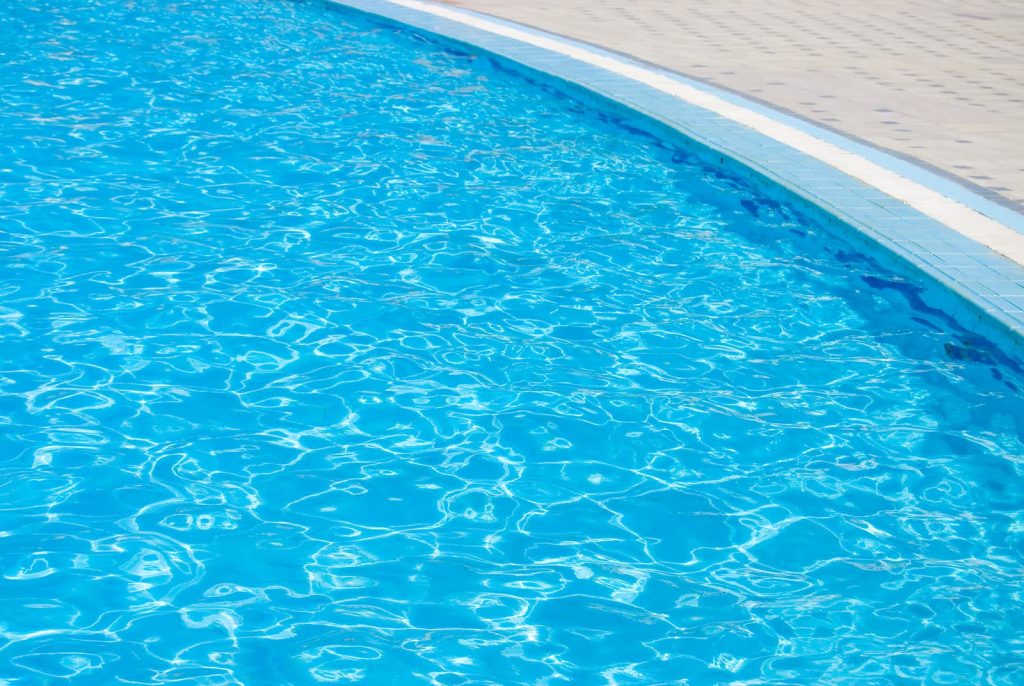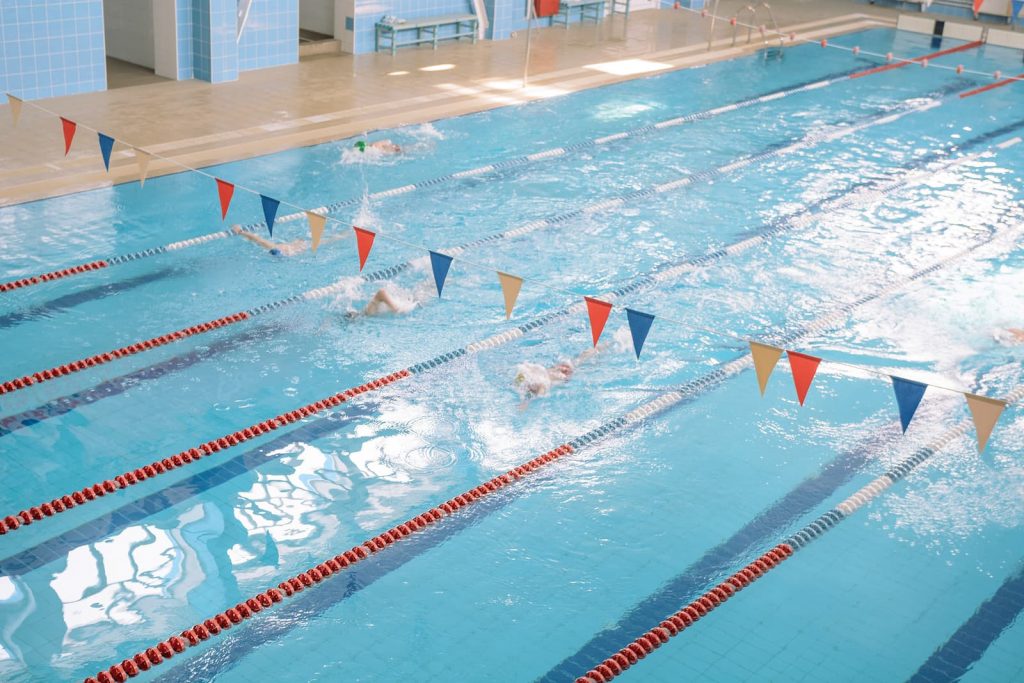The Importance of Proper Swimming Pool Disinfection
One of the most important responsibilities of a Certified Pool Operator® is maintaining sanitary swimming conditions. A properly disinfected pool is one that has algae and other organisms under control and the chances of infection transmission between swimmers are minimal. Understanding of the basics of swimming pool disinfection is a great jumping-off point for those looking to become a Certified Pool Operator®.
Factors Affecting Disinfection
The disinfection process of swimming pools and spas is impacted by a variety of factors. These include the pH balance of the water, its temperature, environmental wastes, and user contamination. There is a balancing act between the level of contaminants and waste in the water and the amount of disinfection that should be used. The more contamination in the water, the more disinfectant you’ll need.
Legal Requirements
In order to standardize the processes of swimming pool disinfection, chemicals are registered with the U.S. Environmental Protection Agency pursuant to the Federal Insecticide, fungicide and Rodenticide Act (FIFRA). FIFRA requires all registered chemicals to have labels that clearly detail their proper use, storage and disposal. These instructions contain the proper range of disinfectant concentration, methods of application, frequency of water treatments and the water quality conditions required for the product to be effective.
Keep in mind that it is unlawful for these chemicals to be used in a way that doesn’t comply with label instructions. A Certified Pool Operator® must follow all guidelines for swimming pool disinfection as stated on product labels as well as the regulations set by federal and local governments.
Common Disinfectants
The most common chemicals used in swimming pool disinfection are bromine and chlorine. These chemicals react with and kill inactive microorganisms and oxidize other contaminants in the water. Oxidation is essential to maintaining a sanitary swimming environment. They help reduce the number of pathogens brought into the water by swimmers and the environment.
pH Balance
A pool’s pH balance refers to how acidic or alkaline the water is. The pH balance of a swimming pool is essential for a few reasons. First, if the water’s pH is too high or acidic, it will be more difficult for the chlorine to kill germs. Acidic water can also cause eye and skin irritations. A pH that is too alkaline, or basic makes it easier for chlorine to kill germs but the pool’s plumbing system will corrode faster. An alkaline pH balance can also cause skin and eye irritation. Maintaining a pH balance between 7.2 and 7.8 is ideal for swimmer comfort as well as disinfection effectiveness.
Learning More About Swimming Pool Disinfection
To find out more about these chemical reactions and much more, learn from the experts at Pool Operation Management. The CPO® certification class is a great start to becoming a pool expert. Pool Operation Management’s award-winning pool operator training courses show you how to properly operate a swimming pool or spa facility. Our two-day courses offer a wealth of information and training in everything from pool chemicals to energy conservation to risk and liability. For the very best in pool operation, contact us today.








